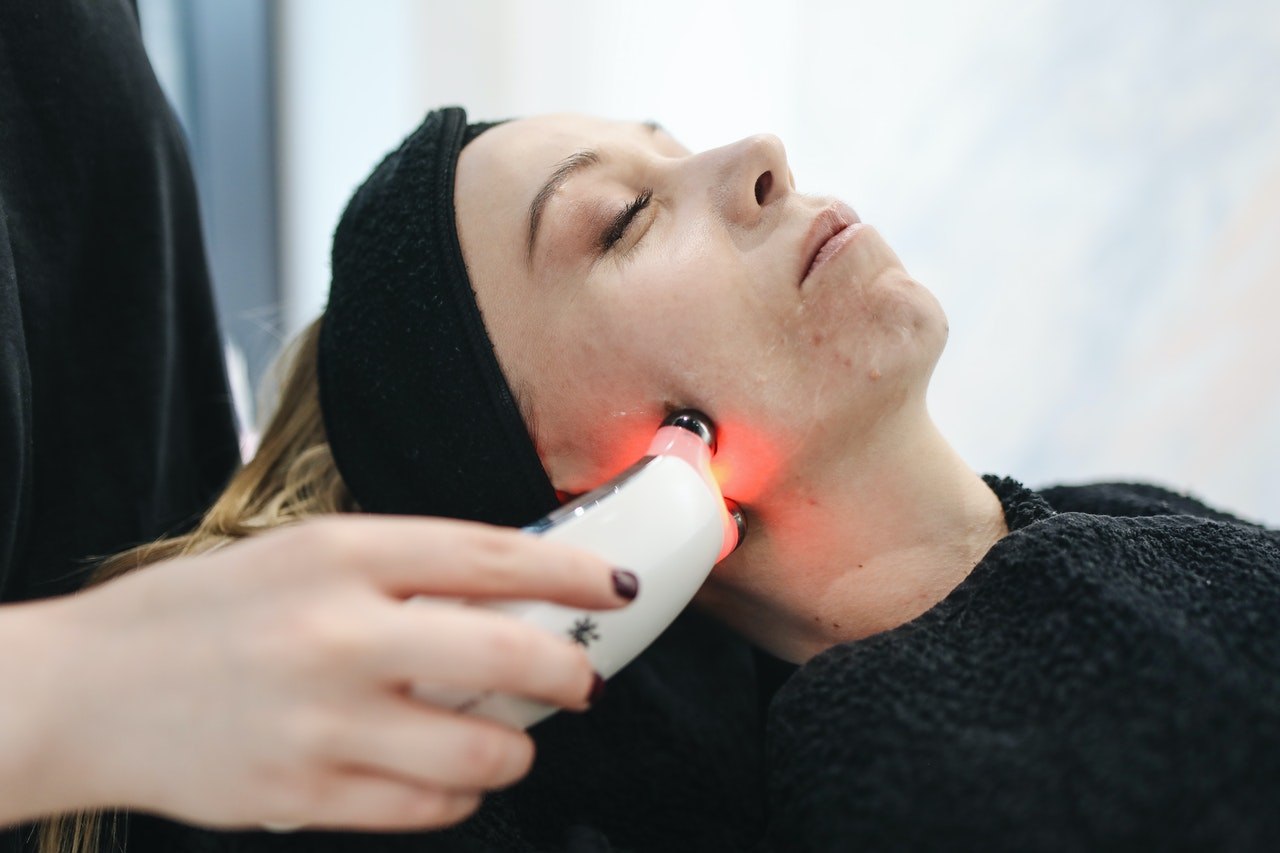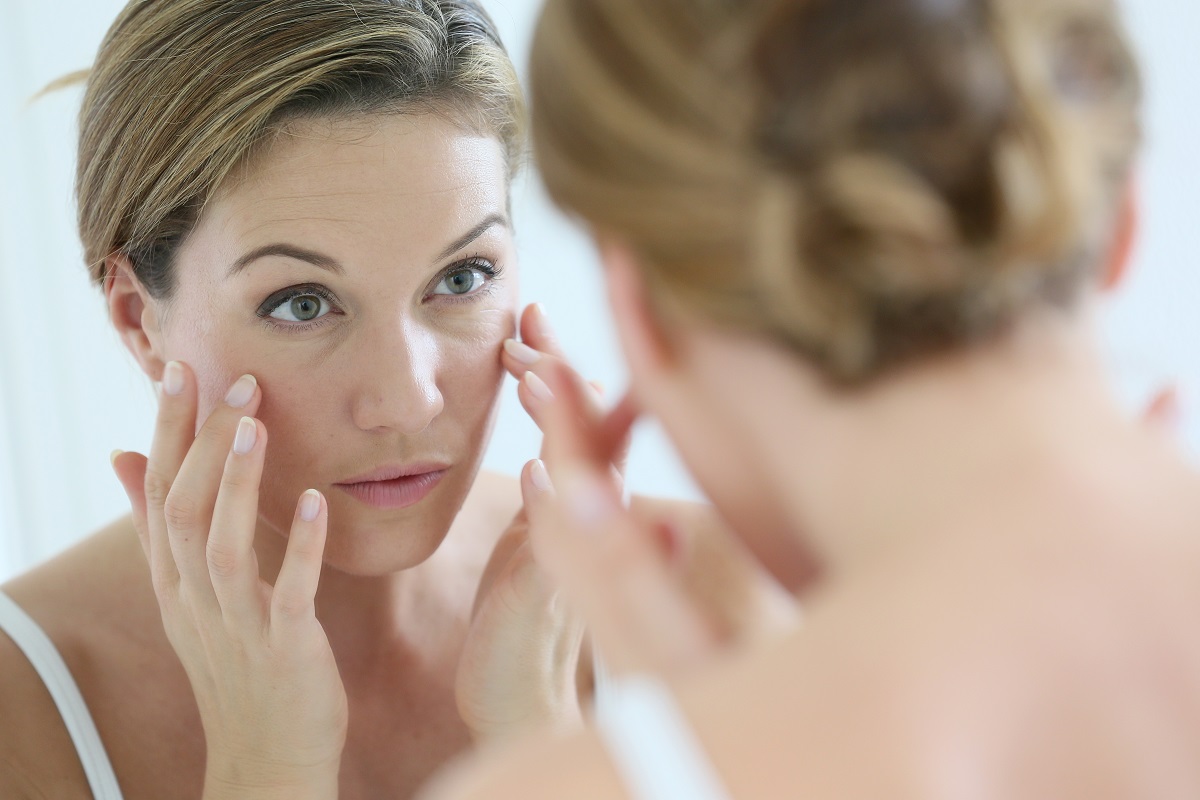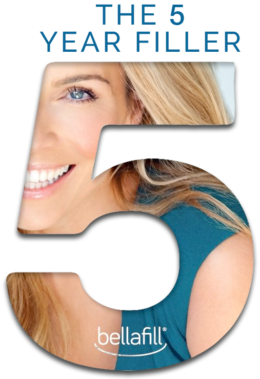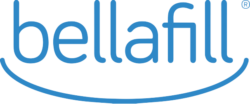If you want to fight signs of aging, this treatment might be perfect for you. Read our blog to learn about the pros of Vivace microneedling.
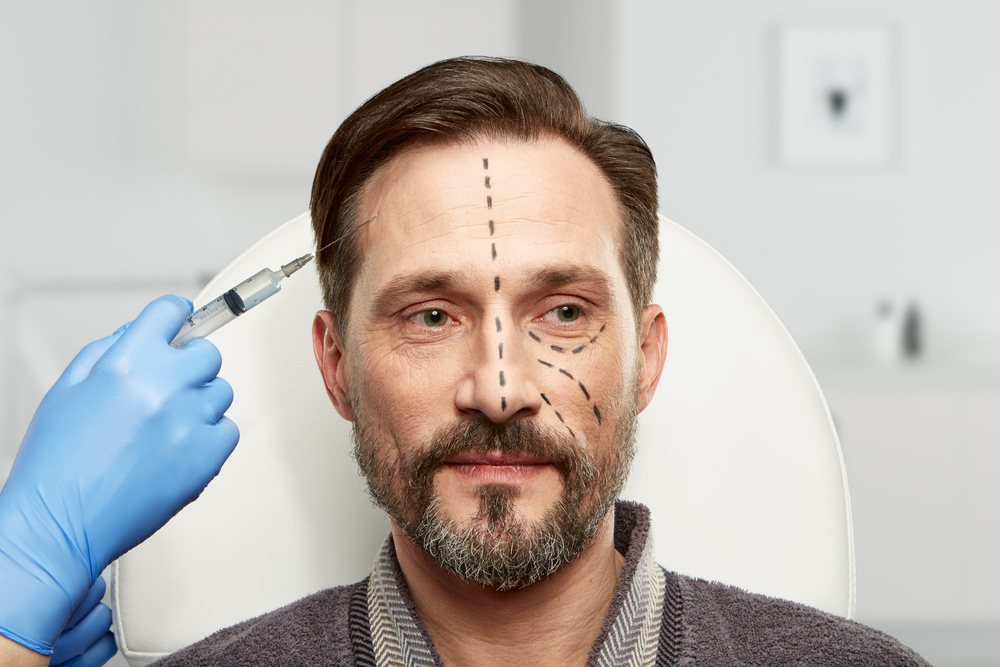
Important Things to Know About PRP Injections
PRP stands for platelet-rich plasma. The medical procedure first started to be used in the 1990s. Blood is drawn from the patient and the blood’s cells are isolated from the blood’s plasma through the use of a centrifuge machine. The activated platelets can then be re-injected into the patient to accelerate skin healing by triggering the body’s natural inflammation which promotes collagen production and even spurs hair regrowth. In recent years, PRP injections have become very popular as top name celebrities, such as Kim Kardashian, have undergone the procedure and given it rave reviews.
Benefits of PRP Injections
Many people, both young and mature, can benefit from PRP injections. The procedure is often referred to as a ‘non-surgical facelift’ because of the stunning results that can be gained with only a few key injections. A patient has no downtime and can immediately return to daily life.
Five Common Results of PRP
Here are five of the common results gained from the cosmetic procedure:
- Improved skin tone with added volume to the face, neck, and back of the hands.
- Reduced appearance of fine lines and wrinkles around the mouth, eyes, forehead, and cheeks.
- Plump under eye troughs
- Eliminate acne scars and stretch marks
- Helps combat hair loss
The PRP Procedure
PRP treatments are usually completed in less than 30 minutes. Typically, a small vial of blood is drawn. The blood is then taken to be spun in a centrifuge which effectively separates the growth factors, platelets, and PRP. It is then re-injected in targeted areas using a very fine needle that causes virtually no discomfort. It usually takes three to four treatments spaced at four to eight-week intervals to experience results. Collagen regeneration usually occurs after three to four weeks. The results last from 18 to 24 months. After the initial treatment series, most patients only require a once-a-year treatment plan to maintain their good looks
The Pros and Cons of PRP
Pros of PRP
- Safe because it is made from a patient’s own blood so there is no chance of contamination
- Hypoallergenic. It is made from the patient’s blood so there are no allergens
- Non-surgical. Unlike many procedures that render similar results, PRP is non-surgical and can be easily performed in the physician’s office.
- Only minimally invasive. The needles used to inject the PRP solution are very small and most patient barely feels the needle.
- Accelerates the healing process
- Rejuvenates cells
- Results are natural
- No recovery time. A patient can immediately return to work.
- Stimulates follicles for hair regrowth
Cons of PRP
- Pain and redness at the injection site
- Bleeding from the injection location
- When used spur hair regrowth, the treatment does not work on fully bald locations.
- Dizziness
- Mild nausea
Other Uses of PRP
In recent years, platelet-rich plasma has started to be used to treat a wide array of medical conditions such as arthritis, herniated discs, tendonitis, hand injuries, sciatica, loss of balance, and chronic physical pain. It is believed that the growth factors in PRP are what makes it so successful at healing physical problems.
Dr. Hannah Vargas and her team of medical experts are trained in all aspects of PRP injections. Please contact us to book a consultation and learn more about how this revolutionary procedure can benefit you.

